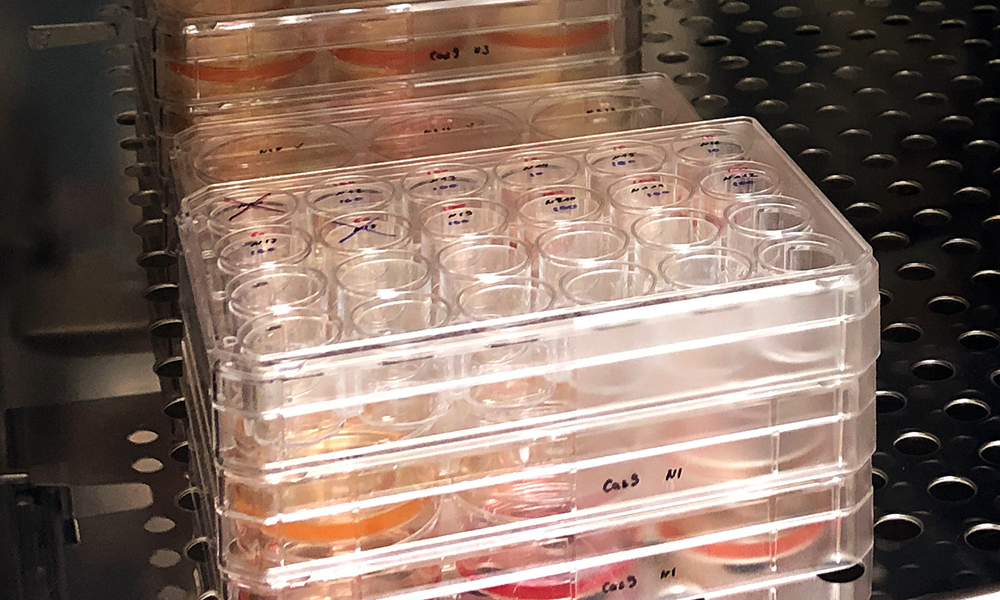
Understanding how SARS-CoV-2 behaves in the gut
Scientists at EMBL Heidelberg investigate if and how coronavirus could spread through faecal matter

As researchers around the world investigate how novel coronavirus spreads, some are turning not to our mouths or noses, but to our gut. Researchers in the Alexandrov and Steinmetz groups at EMBL Heidelberg, together with colleagues from the University Hospital Heidelberg, are combining advanced imaging and sequencing technologies to understand if and how SARS-CoV-2 can be spread through faecal matter.
Coronaviruses including SARS-CoV-2 gain entry to the human system by latching on to specific protein receptors found on the surface of certain cells. Cells with these receptors on their surface are not only found in our respiratory tracts, but are also abundant in the gut. While the novel coronavirus has been detected in the stools of some patients, it is unknown whether the virus can survive long enough or in sufficient quantities to infect others. To find out more, EMBL researchers are observing the behaviour of the coronavirus in human intestinal organoids – lab-grown clusters of cells that develop features of our small intestines.
As the disease progresses in these organoids, the researchers will use single-cell RNA sequencing to amplify the RNA genomes of the coronavirus. They combine this with powerful computational tools, which enables them to detect, quantify and pinpoint the location of individual molecules at specific timepoints. From this, they can learn genomic, transcriptomic and metabolomic details about how the virus fares, and progresses, over time in our gut. The work could fill gaps in our understanding of SARS-CoV-2 epidemiology and inform how to better prevent the virus from spreading.


